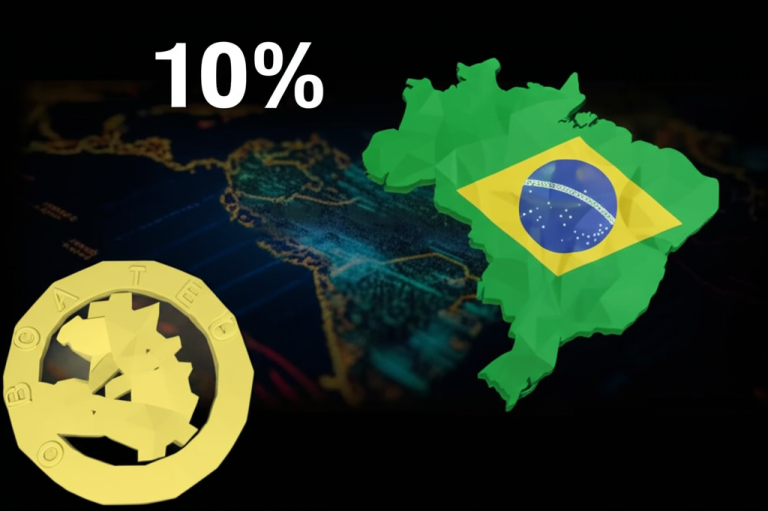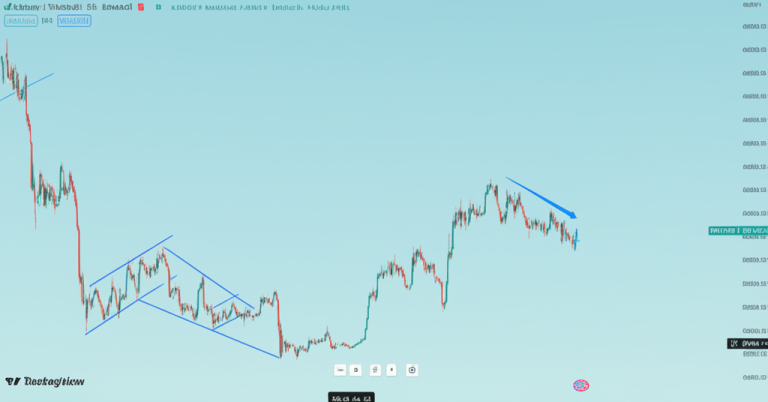Brazil Makes History with World’s First XRP Spot ETF: What This Means for Global Crypto Adoption
Introduction: A Milestone in Crypto Asset Regulation
April 25, 2025, marked a historic moment in Brazil’s financial markets. Asset management giant Hashdex, in collaboration with Genial Investimentos, launched the world’s first XRP spot ETF on B3, the largest securities exchange in Latin America. This event not only signifies the institutional recognition of XRP as a mainstream cryptocurrency but also reflects the strategic ambitions of emerging markets in the digital finance sector. While the United States is still deliberating over the framework for Bitcoin spot ETFs, Brazil has quietly built a comprehensive crypto ETF matrix that includes BTC, ETH, SOL, and XRP.
Operation Mechanism and Market Positioning of XRPH11
Based on publicly disclosed information, this innovative product operates under a dual-track architecture:
– Price Tracking Benchmark: Pegged to the Nasdaq XRP Reference Price Index, ensuring pricing transparency and alignment with international standards.
– Asset Allocation Strategy: At least 95% of the net assets are directly invested in the underlying XRP asset through futures contracts, securities, and other derivative instruments. The remaining portion is used for liquidity management and risk hedging. This design meets regulatory compliance requirements while retaining flexibility to address market volatility.
It is noteworthy that the product explicitly targets institutional investors and high net worth individuals. This positioning reflects Brazil’s regulatory authorities’ cautious approach to protecting retail investors while also indicating that traditional capital is rapidly entering the crypto space through compliant channels.
Why Brazil? Decoding the Strategic Layout of the Latin American Market
Analysts point out three key driving factors that have made Brazil the first to take this step:
Possibilities and Obstacles in the U.S. Market
While the industry generally believes that the U.S. SEC’s approval of an XRP spot ETF will take time, recent developments are worth noting:
– Improving Legal Environment: The ongoing lawsuit between Ripple Labs and the U.S. SEC has seen a turning point—in the second half of 2024, the court ruled that secondary market sales do not constitute securities issuance violations. This ruling lays the legal foundation for future product applications.
– Competitive Pressure: Traditional asset management giants like BlackRock have begun evaluating the application scenarios of the Ripple network in cross-border payments. If institutional holding demand increases, it could pressure regulators to change their stance.
However, real challenges remain: SEC Chairman Gary Gensler has repeatedly emphasized that his stance on “all tokens except Bitcoin being securities” has not changed, and the Digital Asset Market Regulation Act passed in early 2025 still does not provide clear guidance on token classification.
Global Chain Reactions and Industry Impact Predictions
The launch of XRPH11 is triggering multiple effects:
1. Increased Likelihood of Asia-Pacific Region Following Suit
Japan’s Financial Services Agency (FSA) has added stablecoin provisions to the revised Payment Services Act, and Singapore’s MAS plans to issue new rules for payment tokens this year—these moves are seen as precursors to the launch of spot products.
2. Increased Demand for Cross-Chain Interoperability
As the single-asset ETF matrix is perfected, structured products tracking multi-chain composite indices may become the next battleground, driving technological iterations in cross-chain protocols like Cosmos and Polkadot.
3. Accelerated Integration of DeFi and Traditional Finance
Represented by Genial Investimentos, custodians are exploring the possibility of including staking rewards in fund dividend mechanisms, which could pioneer the creation of “CeFi+DeFi” hybrid products.
Conclusion: Opportunities and Challenges in the New Order
While Wall Street is still debating whether cryptocurrencies possess “value storage” functions, traders in São Paulo have already cast their votes of confidence with real money—XRPH11’s first-day trading volume exceeded $8 million, a seemingly small figure but with profound implications. It proves that even in a bear market cycle, institutionalized entry channels can activate dormant capital.
For ordinary investors, it is crucial to recognize that XRP ETFs are not a guaranteed money-maker—their price volatility remains strongly correlated with BTC by over 80%. However, for the entire industry, Brazil’s strategic choice has clearly indicated the direction: true transformation often emerges from the fringes rather than the center stage.
資料來源:
[2] cryptoslate.com
[4] zycrypto.com
[5] www.mitrade.com
Powered By YOHO AI





